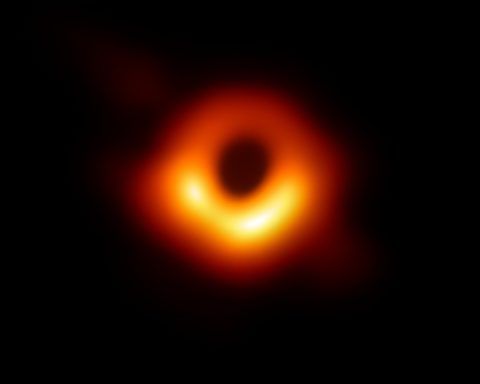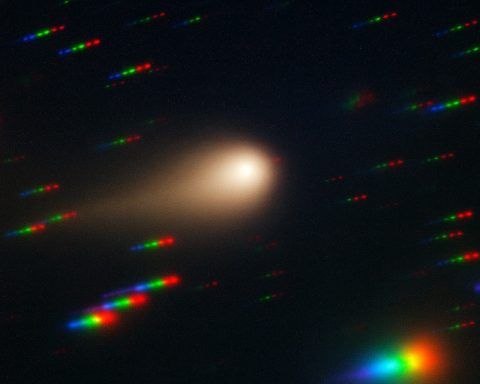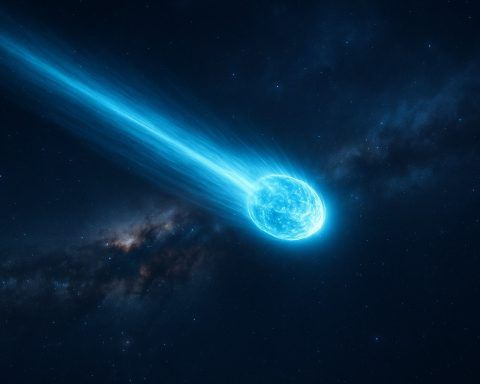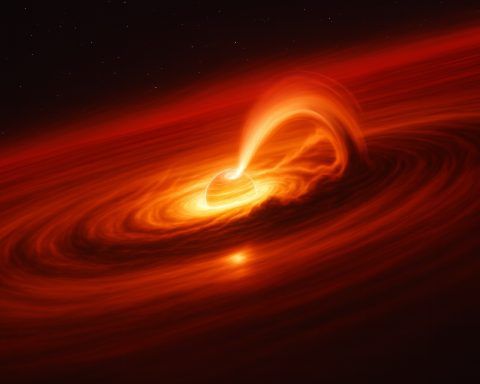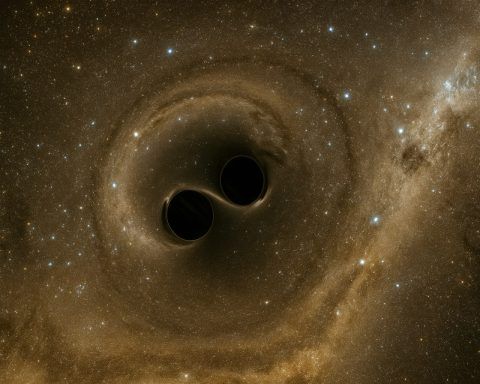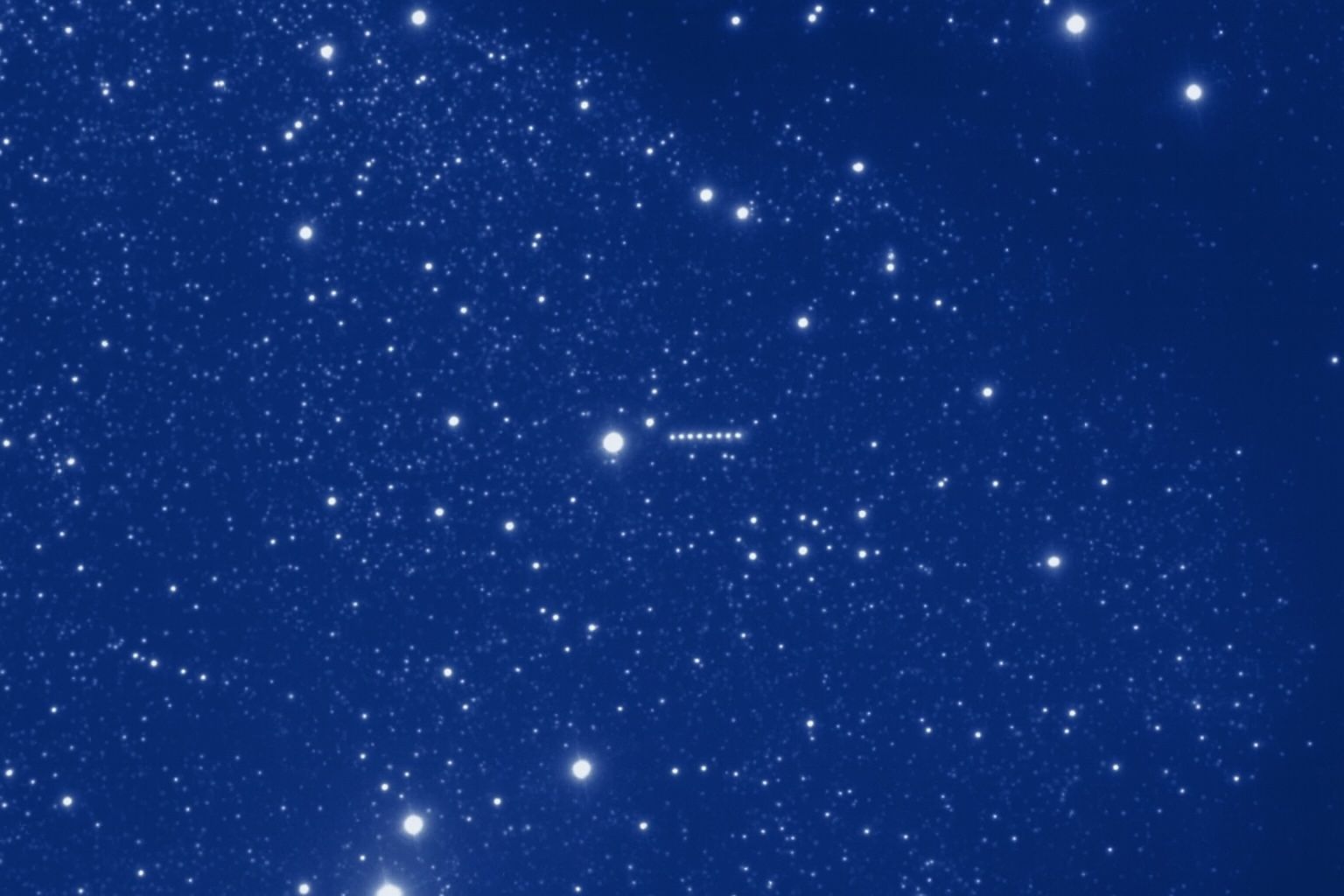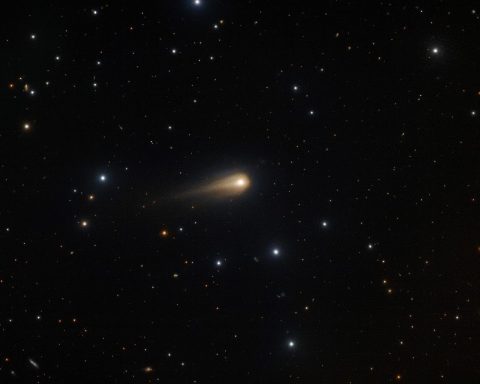
Interstellar Comet 3I/ATLAS: Cryovolcanoes, Expanding Coma and ‘Heartbeat’ Pulses – Latest Updates as of December 3, 2025
Published: December 3, 2025 Interstellar comet 3I/ATLAS – only the third known visitor from another star system – is putting on one of the strangest shows astronomers have ever seen. In the last 48 hours alone, new research and images have revealed:
